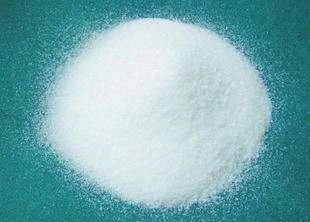IUPAC Name
Dodecanoic Acid
Cas Number
143-07-7
HS Code
2915.90.90
Formula
C12H24O2
Industry
Palm Derivatives
Appearance
White Powder Solid
Common Names
Vulvic Acid; Laurostearic Acid
Packaging
25 Kg Bag
Lauric acid, also known as dodecanoic acid, is a saturated medium-chain fatty acid found in coconut oil and palm kernel oil. It looks solid white and smells somewhat like bay oil. It is not soluble in water, although it can dissolve in organic solvents. Lauric acid is used as vegetable shortening in the food industry and in personal hygiene products like soap and shampoo.
Manufacturing Process
Lauric acid is naturally present in coconut oil, litsea cubeba kernel oil, palm kernel oil, and pepper kernel oil in the form of glyceride. In the industrial process, lauric acid can be obtained through the hydrolysis of natural oils and fats. The autoclave is used, where coconut oil, water, and a catalyst are combined and hydrolyzed to glycerol and fatty acid at 250℃ under a pressure of 5MPa. The content of dodecanoic acid ranges from 45% to 80%, and it can undergo further distillation to isolate dodecanoic acid.
Lauric acid, also known as dodecanoic acid, is a saturated medium-chain fatty acid found in coconut oil and palm kernel oil. It looks solid white and smells somewhat like bay oil. It is not soluble in water, although it can dissolve in organic solvents. Lauric acid is used as vegetable shortening in the food industry and in personal hygiene products like soap and shampoo.
Manufacturing Process
Lauric acid is naturally present in coconut oil, litsea cubeba kernel oil, palm kernel oil, and pepper kernel oil in the form of glyceride. In the industrial process, lauric acid can be obtained through the hydrolysis of natural oils and fats. The autoclave is used, where coconut oil, water, and a catalyst are combined and hydrolyzed to glycerol and fatty acid at 250℃ under a pressure of 5MPa. The content of dodecanoic acid ranges from 45% to 80%, and it can undergo further distillation to isolate dodecanoic acid.
